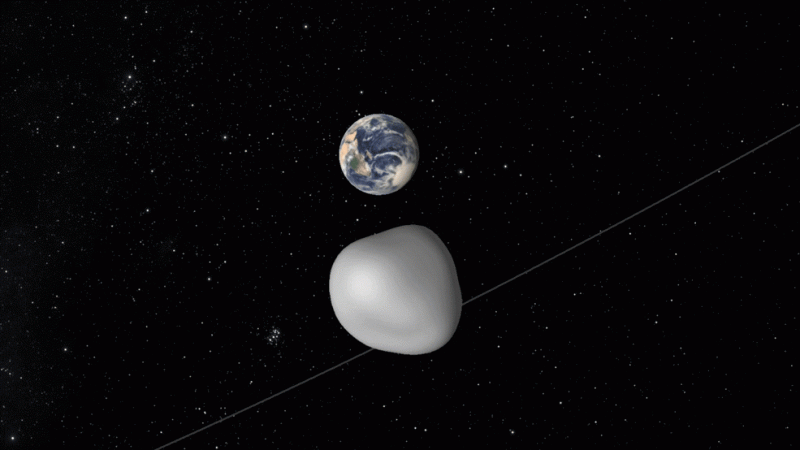
Earth will experience an asteroid flyby on September 1. The space rock dubbed Florence is said to be dangerous.
ALSO READ: NASA takes steps to save human civilisation from Yellowstone Supervolcano: 7 things to know
Here are the top things for you to know:
- Florence was detected in 1981 by Schelte "Bobby" Bus -- an Associate Astronomer at the University of Hawaii Institute for Astronomy-- at Siding Spring Observatory in Australia. It got its name in the honour of Florence Nightingale (1820-1910), the founder of modern nursing.
- Florence is present at a distance of 7.0 million kilometers (4.4 million miles) or about 18 Earth-Moon distances from Earth. What makes this asteroid unique is that it is one of the largest near-Earth asteroids, which is around 4.4 kilometers (2.7 miles) in size NASA stated with the help of its Spitzer Space Telescope and NEOWISE mission.
ALSO READ: NASA looks for ways to protect astronauts from space radiation; top 7 things to know
"While many known asteroids have passed by closer to Earth than Florence will on September 1, all of those were estimated to be smaller," said Paul Chodas, manager of NASA's Center for Near-Earth Object Studies (CNEOS) at the agency's Jet Propulsion Laboratory in Pasadena, California.

"Florence is the largest asteroid to pass by our planet this close since the NASA program to detect and track near-Earth asteroids began," Chodas added.
3. Astronomers aim at assessing this space rock as it is a comparatively close encounter. This space rock is believed to be a great target for ground-based radar observations. These radar images aid in showing the actual size of Florence asteroid and even unveil the surface details which would be as small as 10 meters (30 feet).
4. The upcoming encounter of 2017 is Florence's closest encounter so far, the next one will be sometime after the year 2500.
5. According to the NASA astronomers, the ninth magnitude will be radiated by Florence in late August and early September when it will be seen for some nights as it passes through the constellations Piscis Austrinus, Capricornus, Aquarius and Delphinus, a NASA statement revealed.
6. Hundreds of asteroids have been detected using radar, the deep space radar acts as a great technique to analyse these kinds of space rocks which pass by Earth closely.
7. The deep space radar helps in assessing the phenomena of space rocks like shapes, sizes, roughness, surface features, etc which helps in determining their orbital path accurately.

















